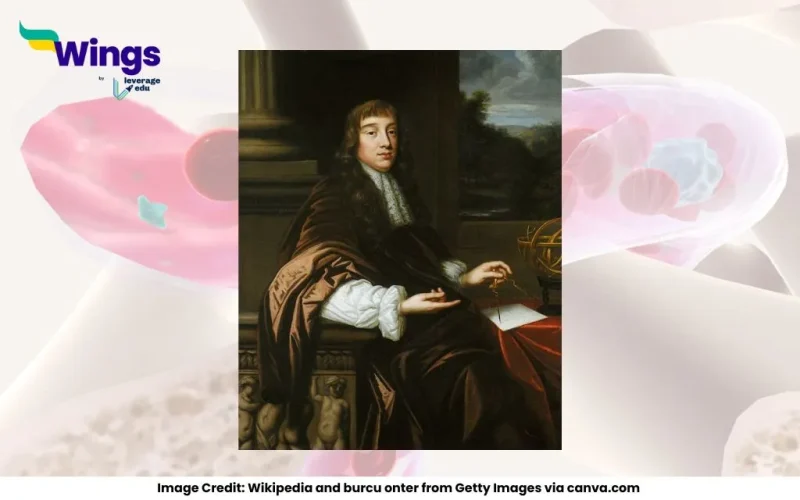The cell was discovered by Robert Hooke in 1665 when he observed thin slices of cork under a microscope he designed. He saw tiny, box-like structures and named them “cells” because they resembled monks’ small rooms. Hooke’s observation marked the first identification of cells, though he only observed dead plant cells’ walls.
Complete Answer:
Who discovered the cell and how?
Robert Hooke, an English scientist, discovered the cell in 1665. He made this groundbreaking observation while examining thin slices of cork under a self-designed microscope.
Here is how Robert Hooke discovered the cell:
- Microscope Design: Hooke improved existing microscope designs to create a more efficient instrument. His version of the microscope used two lenses and allowed him to observe minute details.
- Cork Observation: Hooke took a thin slice of cork, the bark of the cork oak tree, and placed it under the microscope. Cork is a dead plant material composed of empty chambers.
- Cell-like Structures: When Hooke observed the cork, he noticed tiny, box-like compartments arranged in a honeycomb pattern. He called these compartments “cells” because they resembled the small rooms, or “cellula,” that monks lived in.
About Robert Hooke
Here are some facts about the man who discovered the cell and how:
- He was Born on July 28, 1635, in Freshwater, England.
- Known as a polymath, Hooke made contributions to various fields, including physics, astronomy, and biology.
- He published his findings in a famous book called “Micrographia” in 1665, which contained detailed drawings of his observations.
- However, Hooke only observed the cell wall of dead plant material, as living cells had not been studied yet.
Later Discoveries Related to the Cell
Robert Hooke’s discovery marked the beginning of cell biology, laying the foundation for our understanding of life at the microscopic level. Here are some further discoveries about the cell that led to the evolution of the cell theory:
- In 1674, Anton van Leeuwenhoek, a Dutch scientist, advanced the study of cells by observing living cells using his superior single-lens microscope.
- Over time, the development of the cell theory in the 19th century by scientists like Schleiden, Schwann, and Virchow built on these early discoveries to explain the structure and function of living organisms.
Common Biology Questions:
 60,000+ students trusted us with their dreams. Take the first step today!
60,000+ students trusted us with their dreams. Take the first step today!


 One app for all your study abroad needs
One app for all your study abroad needs










